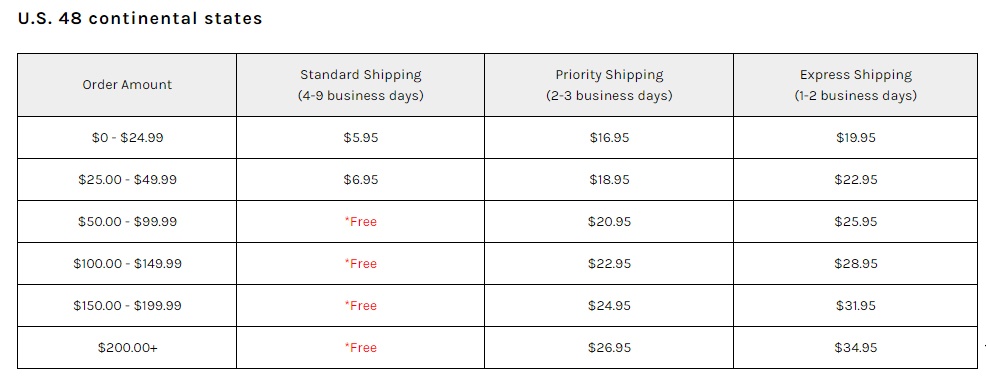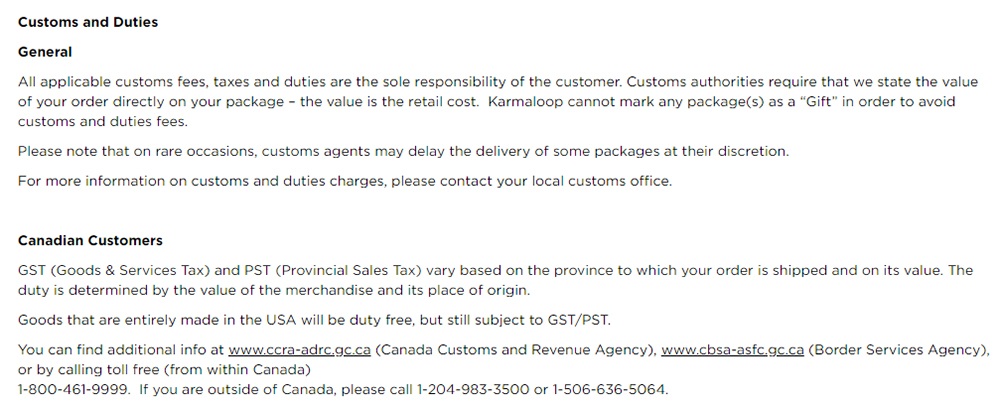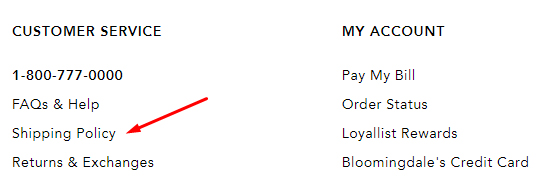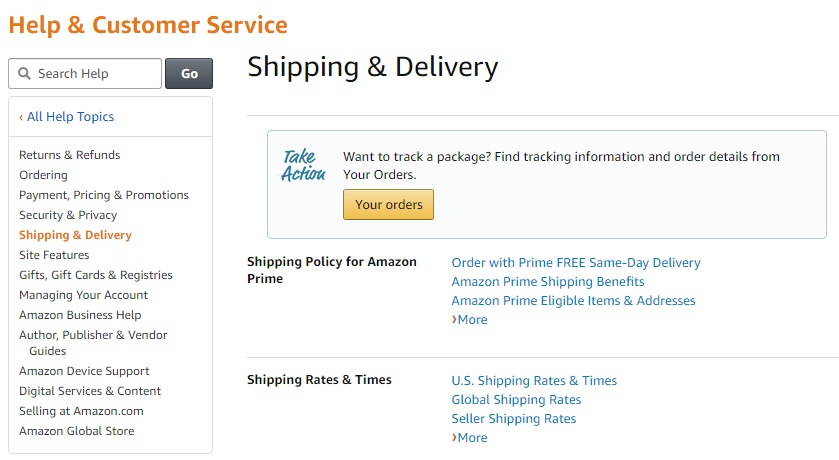Shipping Policy Template
As the world shifts from dropping by a store to packages dropped on your doorstep, clear and concise standards around shipping, in the form of a shipping policy, are becoming a necessity for web vendors of all forms. A shipping policy is simply a clear statement of how your company ships goods. It can include:
- Costs
- Methods and how long each method will take
- Handling times
- Times orders must be placed for certain guarantees such as same-day shipping
- Restrictions on delivery, such as no P.O. boxes
- Any other useful information for the customer
In this article we'll discuss why you need a policy, where it should go, what should be contained in the policy, and how it interacts with other documentation such as your terms of service.
Why Have A Shipping Policy?
Shipping policies are not required by law, but they are useful to your customers and can help explain relevant laws and policies quickly and clearly. Fundamentally, a shipping policy is part of the overall implied contract between you and your customer that forms the basis of an exchange. It's in the interest of both parties that this contract be as clear and detailed as possible.
In some circumstances, a shipping policy is also useful to explain two different legal systems to your customers, in the case of importing goods, or to explain interstate shipping restrictions, such as with chemicals.
In many cases it's important to have these concerns fully documented in your policy, even if they only detail the relevant laws. Do not copy and paste these laws into your shipping policy; instead, include links to the necessary statute so customers can refer to their own counsel as needed.
Shipping policies also may be a part of your other policies. For example, as part of your website's terms of service, you can make clear that all customer orders and requests must abide by your shipping policy.
This allows you to add important options to the contract between yourself and a customer, such as the ability to cancel orders if proper permits have not been obtained, to issue or deny refunds over shipping problems, and to explain what authorities you may be expected to provide inventories, bills of lading, and other information to and at which points in the shipping process.
What Should Your Shipping Policy Include?
Above all, your shipping policy should make clear what your responsibilities are for shipping, and what your customer will need to take care of. These will vary depending on what you ship and where you ship, so before drafting a policy, consider your most common shipping concerns.
Methods of Shipping
Detail which shipping methods and shipping companies you use, and their specific requirements. Make a point of linking to the specific shipping companies you use and providing their contact information, where necessary. If goods are tied up in transit, this will ease customer issues.

Cost of Shipping

If you have a firm shipping fee, be sure to disclose it in your shipping policy. Otherwise, include links to calculators for shipping, or explanations of how shipping is determined. This is also a good place to clarify any handling fees or related costs.
However, this shouldn't be the only place you disclose shipping costs. If you have an online cart, be sure that shipping and its options have their own separate page, with links to your policy and other relevant information, and clearly marked pricing.
Where You Ship To
Detail both locations you deliver to, with any appropriate legal information, and locations your specific shipping method can't accept, such as PO boxes. This is particularly important when you're shipping overseas, or engage with different mail systems, such as Army Post Offices (APOs) or Fleet Post Offices (FPOs).

Never assume that your customer will automatically grasp that certain products can't be shipped to certain states. For example, martial arts equipment dealers will need to disclose which states it can ship certain products to and which it can't.
International Shipping Concerns
Specify who pays customs fees, and direct your customers to the proper authorities to pay fees and mediate disputes. This is also a good place to discuss what will be expected of the customer when the goods arrive at port or on the airstrip, such as fees, quarantines, tariffs, and other costs.

This should also be disclosed before the customer buys, especially if you can't arrange for them to pre-pay these fees. If you email an order slip, include explicit instructions on what they should expect, what rates are common, and what forms they may need to fill out.
Where Should I Display or Link to My Shipping Policy?
First, your overall shipping policy should simply be all the information in one place, but pieces of it should be placed where necessary on your website to clarify certain aspects of the purchase process.
For example, if there are specific shipping restrictions on an item you sell, display those on that item's page instead of linking to the entire shipping policy.
Beyond this, your shipping policy should be located on every page within easy access of your customers. This can be at the bottom of your page in the footer or link section:

You can also include a link to your policy as part of your website's help section:

It should also be included as a link in any materials that discuss shipping. These include email receipts, customer service tickets related to shipping and promotional emails. You can also include it in other contacts, such as an email signature included on external emails to all clients and customers.
Should I Include An "I Agree To Terms" Checkbox?
Generally, an "agree to terms" checkbox for your terms of service, which includes your shipping policy, should be enough. However, in situations where you will be dealing with complicated shipping issues, customs inspections, or other concerns, require customers to separately read and understand your shipping policy. It will limit confusion and set the groundwork to resolve disputes.
Make sure that any policy you require agreement on covers any categories you're concerned about in detail.
Shipping Policies and Other Legal Agreements
Make mention of your shipping policy in your other legal agreements such as your privacy policy and your terms of service.
When you mention it, be sure to refer to it wherever relevant and include a link to the full shipping policy. For example, if your privacy policy needs to carve out an exception for international shipping, include a short paragraph explaining the issues and link to your shipping policy.
When it comes to terms of service, clarify where shipping and service touch. For example, if a customer refuses their order, or has it shipped back requesting a refund, your terms of service should clarify who pays for the return shipping and whether a stocking fee applies.
Remember to include proper translations of your shipping policy for the major languages of all your markets. This should be a carefully translated document that has been looked at by counsel to ensure the contract it represents is proper and abides by laws in both countries.
Remember, the goal is clarity: Who is responsible for what, and what it will cost them. A good shipping policy gives the customers the tools they need to buy from you with confidence and ease.